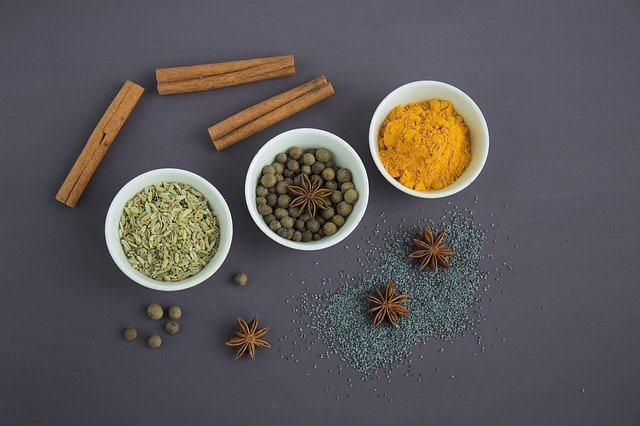It's about to get spicy up in here!
There's a wide variety of Asian cuisine out there. While we may sometimes think of Asian food as a general category of its own, some restaurants have more than one specialty. We should also be aware that different cultures have some differences when it comes to things such as their food and spices. There are many different spices out there used in different types of Asian cuisine, but we're gonna take a look at five of them!
Cinnamon
This should be one we're all familiar with. Cinnamon can be used as a sweet or a savory spice in Asian dishes. Vietnamese cinnamon, for example, is sweet and spicy, while Ceylon cinnamon is softer in flavor. Cassia bark, which is referred to at times as "Chinese Cinnamon," is the most common for us here in the States. Ceylon cinnamon (mentioned above) is also more floral than Cassia. Cinnamon sticks are also not as harsh in flavor as ground cinnamon, making them perfect to add to savory meals.
MSG
Monosodium glutamate, or MSG, is extremely popular in Asain cuisine, as it can be used with pretty much anything. MSG serves dishes by making their original flavors even stronger. The Japanese refer to the flavor as "umami." MSG occurs naturally, but the powdered form was created in Japan in 1908. It arrived in the U.S. through Chinese immigrants. While MSG gets a bad rap, its negative press has been debunked.
Turmeric

Image by Steve Buissinne from Pixabay
Tumeric can be used dried as well as fresh. This spice is particularly common in Thai dishes like curries. It also has a very strong color, which is one of the reasons for its use. The flavor is described as earthy or mustard-like. Turmeric has been increasingly popular for its health benefits, such as its anti-inflammatory properties.
Star Anise
Star anise comes from an evergreen tree that's native to southern China. Most star anise is still grown in China, as well in Indo-China and Japan. Similar to turmeric, it has been used for its medical benefits as well as for its flavor. This spice has been said to have a bit of a licorice flavor and is commonly used in savory dishes. Star anise is an important ingredient in the Chinese five-spice powder. It is also used in the Vietnamese dish, Pho, the Indian spice blend, garam masala, and my favorite, chai. If star anise is used whole, it will simmer in liquids and be removed later. Ground star anise is the most commonly found type in the U.S. and is used in a similar way to other ground spices.
Taiwanese Maqaw
Maqaw is also referred to as "mountain pepper." And while it may look like peppercorn, it is not in the same family. Maqaw is peppery, but it also has a fragrant, citrusy element to it. Once again, there are some health benefits to this spice, such as headache relief (it's said to be a hangover cure) and aiding with digestion troubles. This spice is most commonly used among the Atayal Aborigines, who forage it.
There is a lot to learn in the world of Asain spices. Some are more commonly used or talked about than others or used in different ways depending on the culture. We have even taken to using spices like MSG commonly in the States. Let us know your favorite Asian spice in the comments below!
